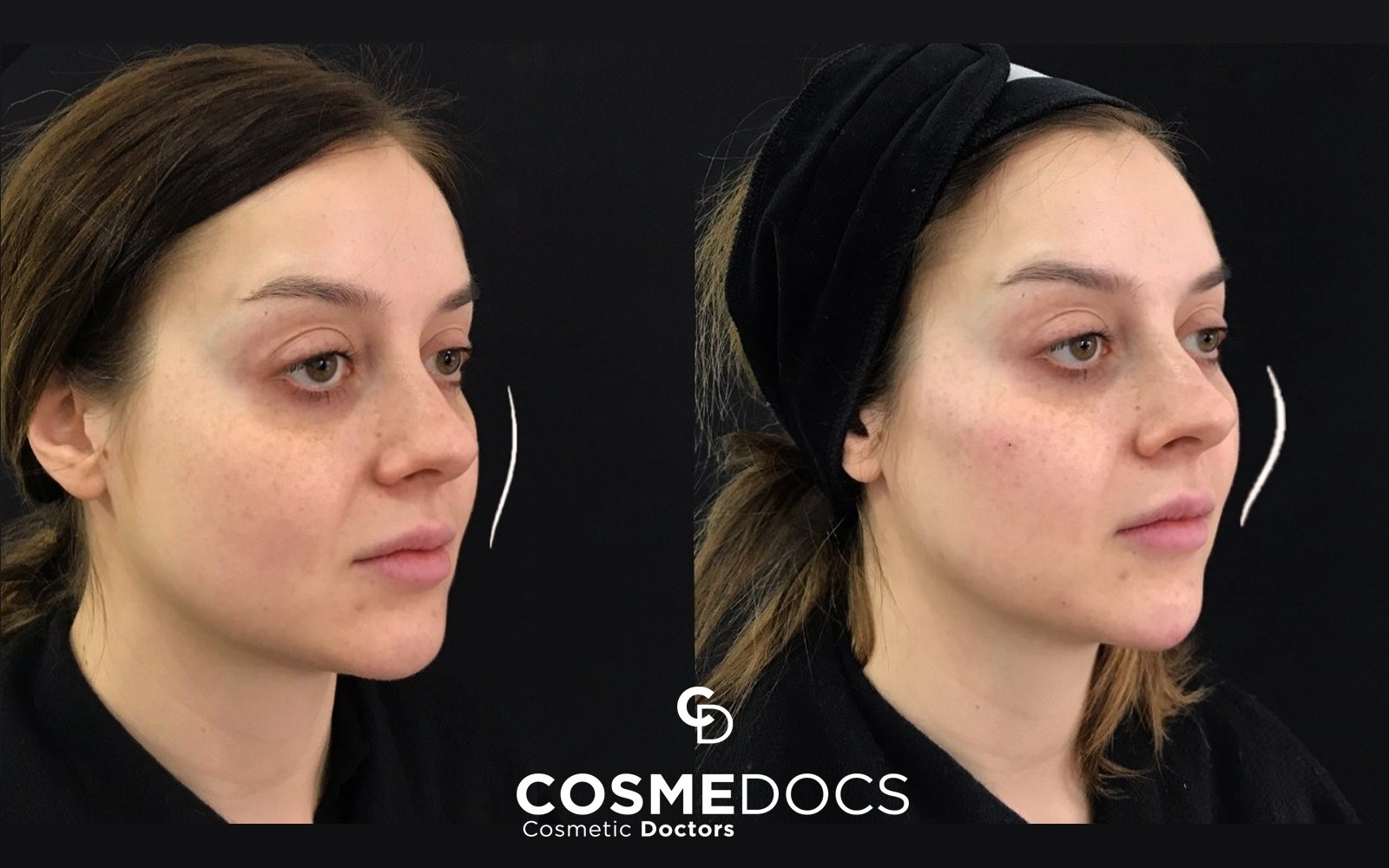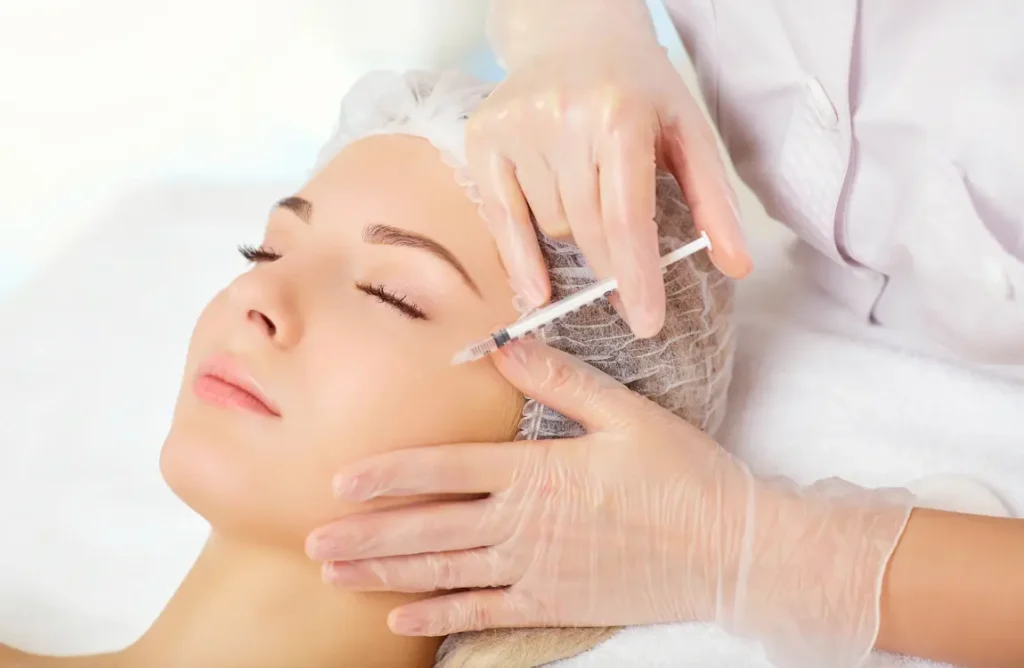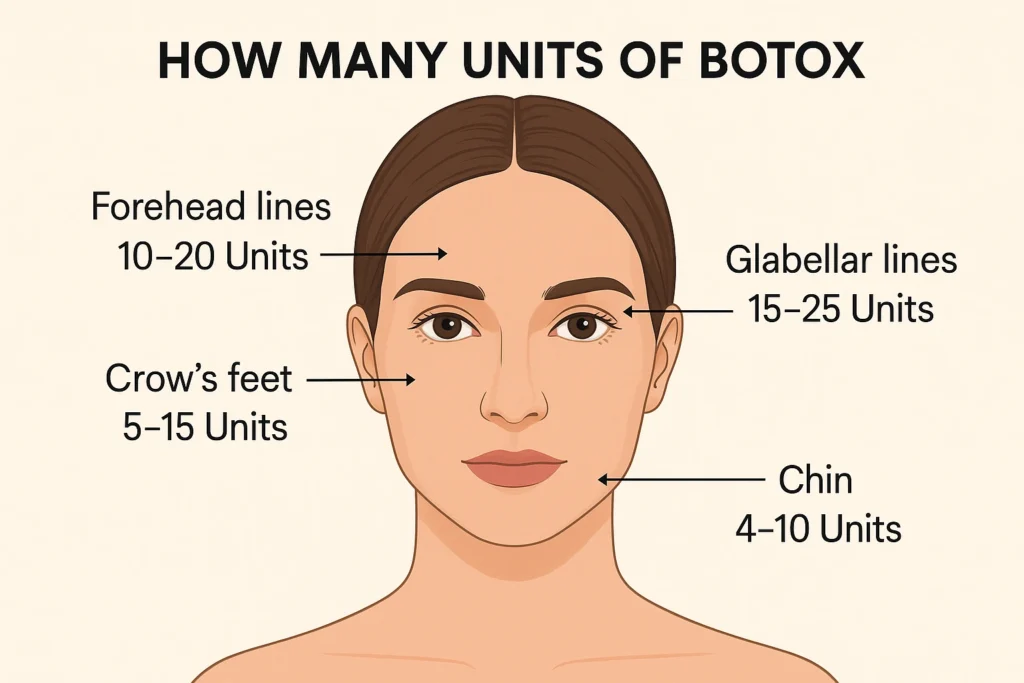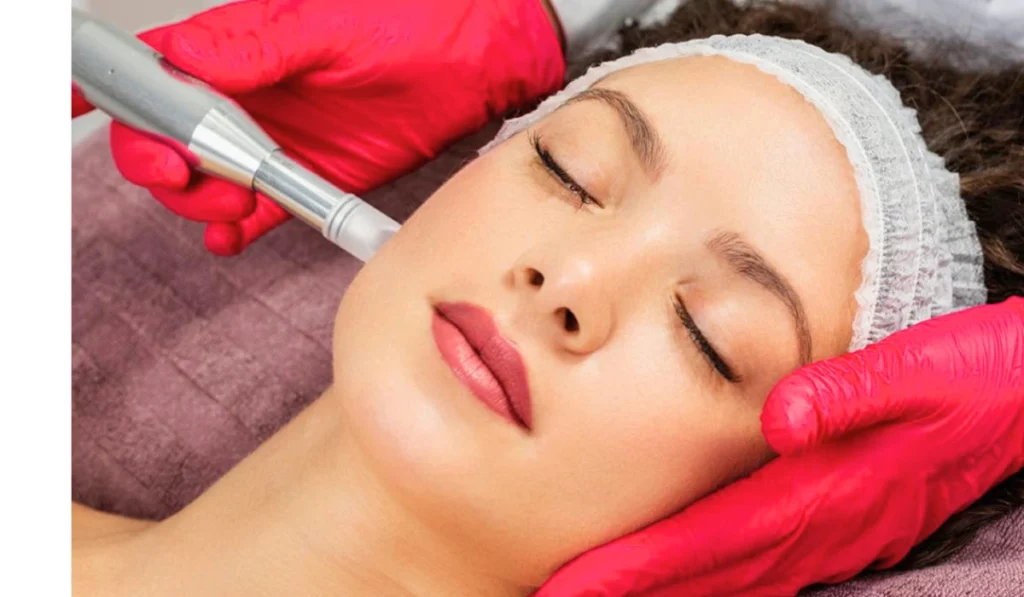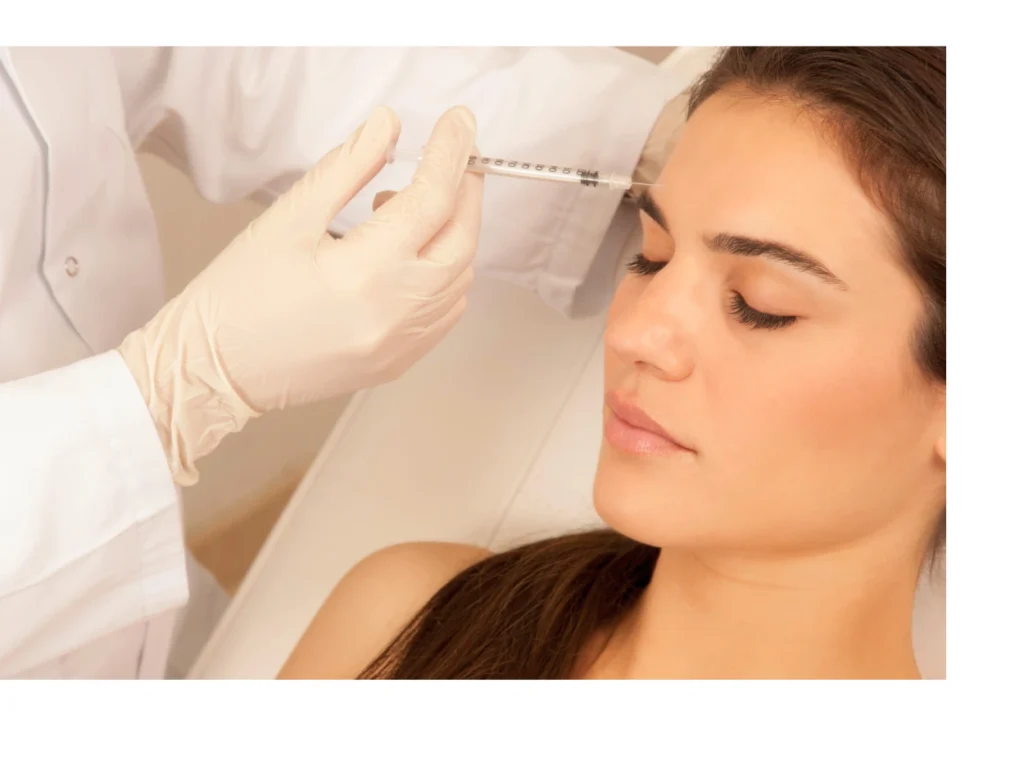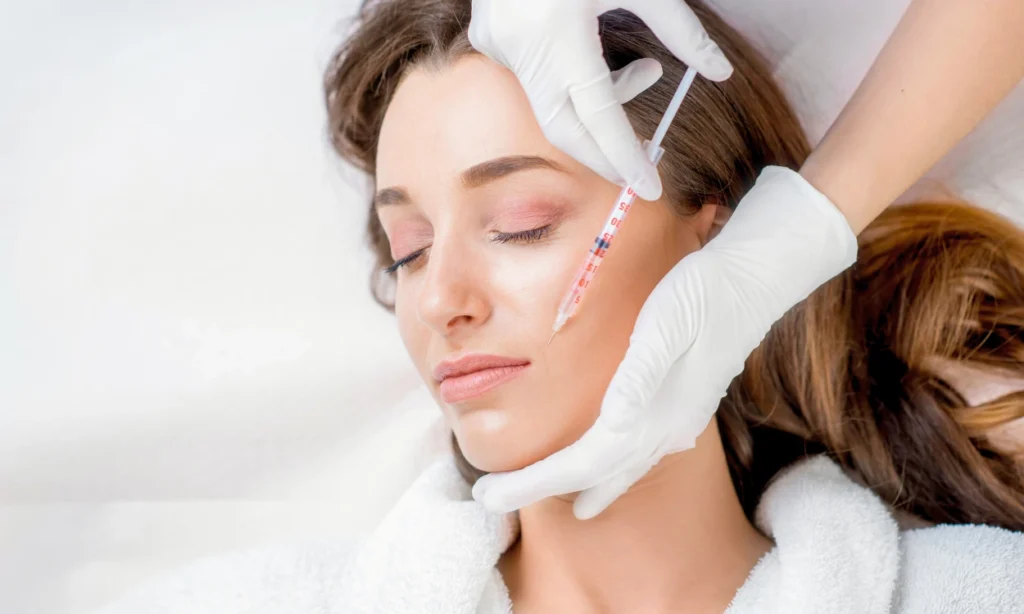Cheek fillers can last between six months to two years. The duration depends on the type of filler and individual factors.
Cheek fillers are a popular choice for enhancing facial contours. They offer a quick way to achieve a youthful look. The longevity of cheek fillers varies, influenced by the filler type and how your body metabolizes it. This makes it important to understand what to expect.
In this blog, we will explore the factors that affect how long cheek fillers last. We will also discuss ways to extend their lifespan. By the end, you will have a clear idea of what cheek fillers can do for you. Let’s dive in and learn more about this beauty treatment.

Credit: www.youtube.com
Introduction To Cheek Fillers
Cheek fillers have gained popularity for enhancing facial contours. These non-surgical treatments can restore volume, smooth lines, and improve symmetry, providing a youthful appearance.
What Are Cheek Fillers?
Cheek fillers are injectable treatments. They use substances like hyaluronic acid. This substance is naturally found in the body. It helps to plump the skin, giving a fuller appearance.
Doctors inject these fillers into the cheeks. This adds volume and lifts the skin. The result is a more defined cheekbone and a youthful look.
Purpose And Benefits
Cheek fillers serve many purposes. They can:
- Restore lost volume
- Enhance facial symmetry
- Reduce signs of aging
One key benefit is the non-surgical nature. There’s no need for incisions or downtime. Patients can resume normal activities quickly.
Another benefit is the immediate result. Patients often see changes right after treatment. This quick improvement can boost self-confidence.
Cheek fillers also last several months. This makes them a long-lasting solution for many. The duration can vary based on the type of filler used.
Overall, cheek fillers are a safe and effective way to enhance facial features.
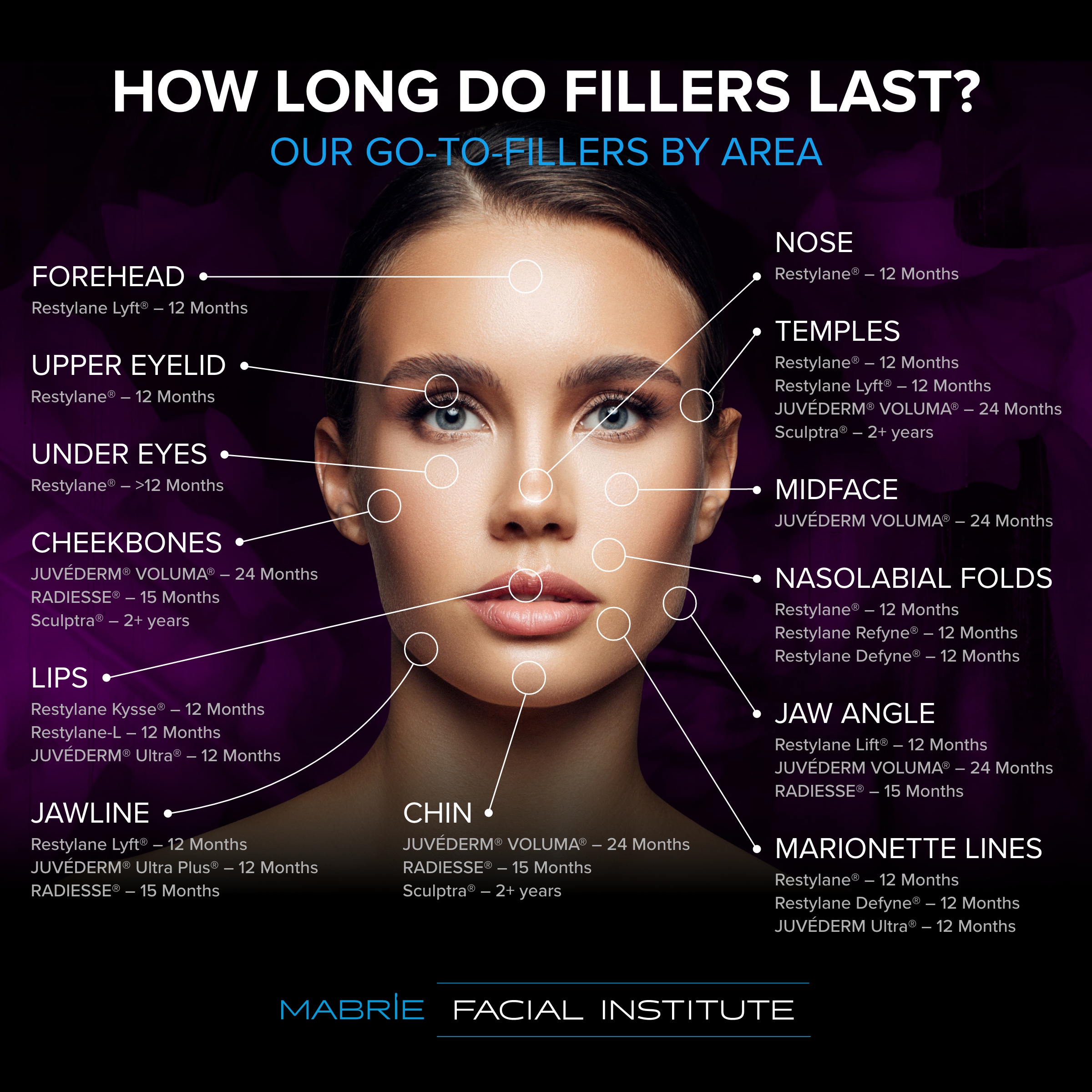
Credit: www.yourfaceinourhands.com
Types Of Cheek Fillers
Cheek fillers have become popular for enhancing facial contours and restoring volume. Different types of fillers offer various benefits and longevity. Understanding these options helps in making an informed decision.
Hyaluronic Acid Fillers
Hyaluronic Acid (HA) fillers are common and widely used. They are natural substances found in the body. These fillers add volume, hydrate the skin, and provide a natural look. HA fillers last between 6 to 12 months.
The longevity depends on the specific product and individual metabolism. Popular brands include Juvederm and Restylane. These fillers are reversible. If needed, an enzyme called hyaluronidase can dissolve them.
Calcium Hydroxylapatite Fillers
Calcium Hydroxylapatite (CaHA) fillers are thicker than HA fillers. They provide more structure and support. These fillers stimulate collagen production, enhancing skin’s firmness. CaHA fillers can last up to 18 months.
Radiesse is a well-known brand for CaHA fillers. They are biocompatible and do not require allergy testing. The results are semi-permanent and improve over time.
Poly-l-lactic Acid Fillers
Poly-L-Lactic Acid (PLLA) fillers are unique. They work by stimulating collagen production. This process takes time, so results appear gradually. PLLA fillers can last up to 2 years.
Sculptra is the primary brand for PLLA fillers. These fillers are ideal for those seeking long-term solutions. The gradual improvement looks natural and subtle.
Procedure And Application
Cheek fillers are a popular way to enhance facial features. They add volume and shape to the cheeks. This section will cover the procedure and application of cheek fillers. We’ll break it down into pre-treatment preparation, the injection process, and post-treatment care.
Pre-treatment Preparation
Before getting cheek fillers, it is important to prepare. Here are some steps you should take:
- Consult with a qualified professional. Make sure they have experience with cheek fillers.
- Avoid alcohol and blood-thinning medications. Stop these at least 48 hours before the procedure.
- Stay hydrated. Drink plenty of water in the days leading up to the treatment.
- Discuss any allergies or medical conditions. Inform your provider about any health issues.
Injection Process
The injection process is straightforward. Here’s what to expect:
- Cleansing the area. The professional will clean your face to remove any bacteria.
- Applying a numbing cream. This helps to minimize discomfort during the procedure.
- Marking the injection sites. The professional will mark the areas where the fillers will be injected.
- Injecting the filler. Using a fine needle, the filler is injected into the marked areas.
- Massaging the area. This ensures the filler is evenly distributed.
Post-treatment Care
After the procedure, proper care is essential for optimal results. Follow these guidelines:
- Avoid strenuous activities. Refrain from heavy exercise for at least 24-48 hours.
- Stay upright. Avoid lying down for the first few hours after treatment.
- Apply ice packs. This helps reduce swelling and bruising.
- Avoid touching or massaging the area. Let the fillers settle naturally.
- Follow up with your provider. Schedule a follow-up appointment to assess the results.
By following these steps, you can ensure a smooth procedure and optimal results from your cheek fillers.
Factors Influencing Longevity
Cheek fillers have become a popular choice for those looking to enhance their facial features. But how long do cheek fillers last? The longevity of cheek fillers varies based on several factors. Let’s explore the key factors that influence how long your cheek fillers will last.
Type Of Filler Used
The type of filler plays a significant role in its longevity. Different fillers have different formulations and properties. Hyaluronic acid fillers, like Juvederm and Restylane, typically last between 6 to 12 months. Sculptra, a collagen stimulator, can last up to 2 years. Radiesse, made of calcium hydroxyapatite, usually lasts around 12 to 18 months. Choosing the right filler depends on your goals and how long you want the results to last.
Individual Metabolism
Each person’s metabolism affects how quickly their body breaks down the filler. People with a faster metabolism may notice that their fillers don’t last as long. Those with slower metabolisms might enjoy longer-lasting results. Metabolism is influenced by age, genetics, and overall health. Understanding your metabolism can help set realistic expectations for your filler results.
Lifestyle And Habits
Your lifestyle and habits can also impact the longevity of your cheek fillers. Smoking can accelerate the breakdown of fillers. Sun exposure can also affect how long fillers last. Using sunscreen and avoiding excessive sun exposure can help prolong your results. Staying hydrated and maintaining a healthy diet can support your skin’s health and extend the life of your fillers. Regular exercise is beneficial for overall health but may reduce filler longevity in some cases.
Typical Duration Of Results
Many people seek cheek fillers to enhance their facial appearance. But, how long do these results last? The duration of cheek filler results can vary. Understanding both short-term and long-term effects is crucial.
Short-term Effects
After getting cheek fillers, you will notice immediate changes. These changes include fuller cheeks and a more defined contour. These initial results are often very satisfying.
- Immediate fullness: Your cheeks will look plump right after the procedure.
- Mild swelling: Some swelling is common, but it subsides quickly.
- Quick recovery: Most people can return to their routine in a day or two.
Long-term Effects
The long-term effects of cheek fillers depend on the type of filler used. Most fillers last between 6 months to 2 years.
| Type of Filler | Duration |
|---|---|
| Hyaluronic Acid | 6 to 12 months |
| Calcium Hydroxylapatite | 12 to 18 months |
| Poly-L-lactic Acid | Up to 2 years |
Factors influencing how long the fillers last include:
- Metabolism: Faster metabolism may break down the filler quicker.
- Lifestyle: Sun exposure and smoking can shorten the duration.
- Filler type: Different fillers have varying longevity.
Regular touch-ups can help maintain the desired look. Always consult with a professional for personalized advice.
Signs That Fillers Are Wearing Off
Cheek fillers can enhance facial features and restore lost volume. Over time, these fillers will gradually wear off. Recognizing the signs can help you know when it’s time for a touch-up.
Changes In Appearance
One of the first signs that fillers are wearing off is a change in your appearance. Your cheeks may start to look less full and defined. This can happen slowly, making it hard to notice at first. Friends or family might notice the change before you do.
Gradual Reduction In Volume
As the fillers wear off, you may see a gradual reduction in volume. Your cheeks might not feel as firm as before. This is a natural process as the body absorbs the filler material over time.
Paying attention to these signs can help you decide when to schedule your next appointment. Regular maintenance can keep your cheeks looking their best.
Maintaining Your Results
Cheek fillers can give you a youthful look. But how long do they last? Results can vary. To keep your cheeks looking full, you need to maintain them. Here are some tips to help you.
Follow-up Treatments
Regular follow-up treatments are important. They help keep your cheeks full and smooth. Most fillers last between 6 to 18 months.
Schedule touch-ups as recommended by your doctor. This can help maintain the desired look. Keeping a regular schedule prevents the fillers from wearing off completely.
Skincare Routines
A good skincare routine can enhance the effects of cheek fillers. Follow these steps to maintain your results:
- Cleanse your face twice daily. Use a gentle cleanser.
- Apply a moisturizer. Look for one with hyaluronic acid.
- Use sunscreen every day. UV rays can break down fillers faster.
- Stay hydrated. Drink plenty of water.
These steps can help keep your skin healthy and prolong the effects of your fillers.
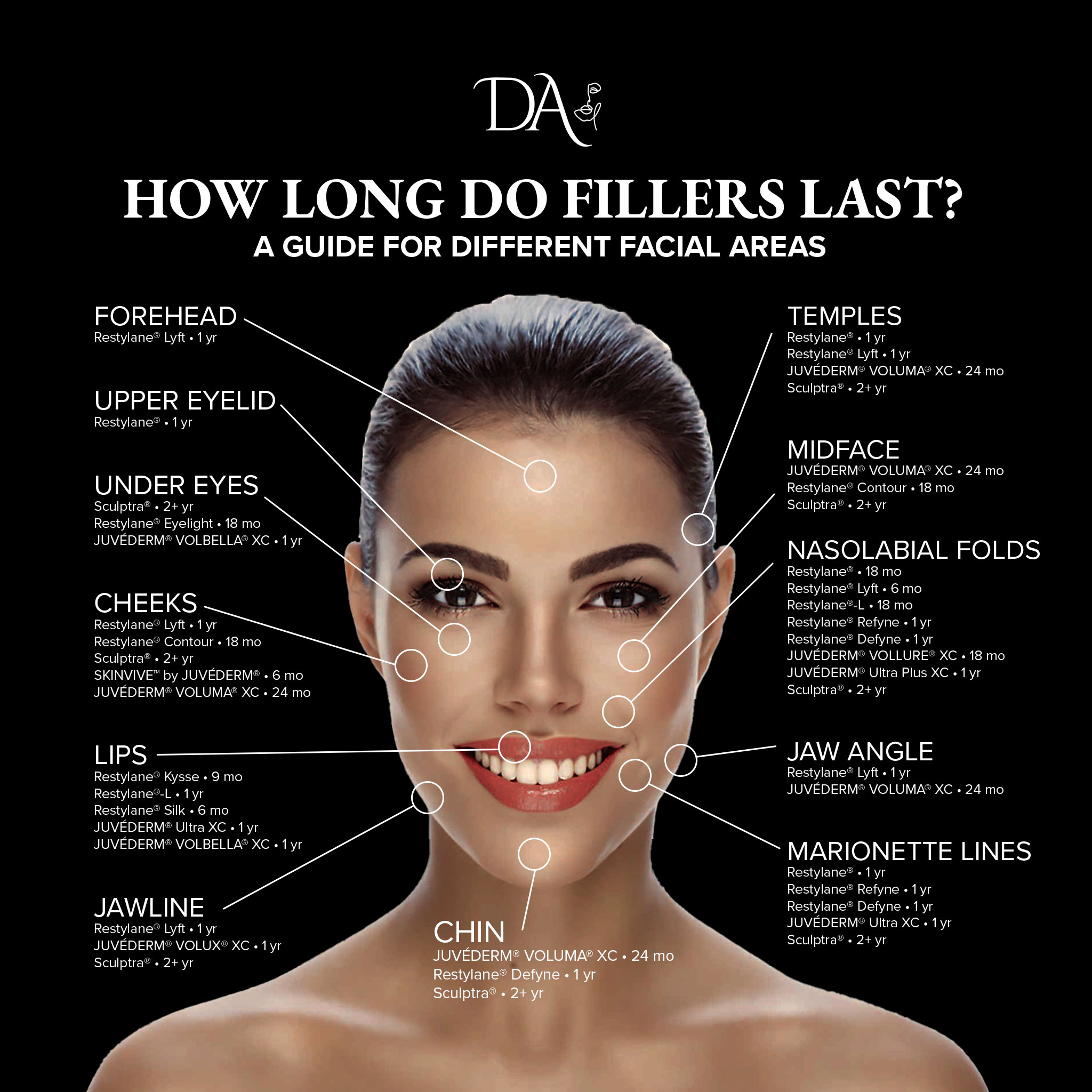
Credit: www.direct-aesthetics.com
Risks And Considerations
Cheek fillers usually last between 6 months and 2 years. Longevity depends on factors like filler type, lifestyle, and individual metabolism. Regular touch-ups might be needed to maintain desired results.
Cheek fillers can enhance your appearance. Yet, they come with risks. It’s essential to be aware of these before deciding. Understanding the potential side effects and knowing when to consult a professional is crucial.Potential Side Effects
After getting cheek fillers, you might experience some side effects. Swelling and bruising are common. They usually subside within a few days. Redness at the injection site might occur too. In rare cases, lumps or bumps can form under the skin. These can be uncomfortable. Sometimes, they need medical attention. Allergic reactions are another risk. They can cause itching or severe swelling. Infections are also a possibility. Though rare, they can lead to serious issues. If you notice unusual symptoms, seek medical advice.When To Consult A Professional
Not all side effects are serious. But knowing when to consult a professional is vital. If swelling or bruising persists beyond a week, see a doctor. Lumps or bumps that don’t go away need a professional’s opinion. Any signs of infection require immediate attention. Fever, severe pain, or pus at the injection site are red flags. An allergic reaction should not be ignored. Difficulty breathing or extreme swelling needs urgent care. Your health is paramount. Always consult a professional if in doubt. They can provide the best guidance. “`Cost And Investment
Thinking about getting cheek fillers? It’s important to understand the costs involved. Cheek fillers can be a significant investment. But what exactly does this entail? Let’s break it down.
Average Costs
The cost of cheek fillers varies. It depends on the type of filler and the amount needed. On average, you might spend between $600 to $1,200 per session. Some premium fillers can even cost more. Always consult with a professional for an accurate estimate.
Factors like location and the expertise of the injector also affect the price. Urban areas might have higher prices. Experienced professionals might charge more. But their expertise often ensures better results.
Weighing The Benefits
Is the investment worth it? Many people think so. Cheek fillers can enhance facial contours. They provide a youthful, lifted look. The results can last from six months to two years, depending on the type of filler used.
Consider the confidence boost you might get. A more youthful appearance can positively impact your life. Weigh the cost against these potential benefits. It’s a personal decision, but many find it worthwhile.
Frequently Asked Questions
How Long Do Cheek Fillers Typically Last?
Cheek fillers typically last between 6 to 18 months. The duration depends on the type of filler used. Individual metabolic rates and lifestyle factors can also influence longevity. Regular touch-ups can help maintain the desired look.
Are Cheek Fillers Permanent?
No, cheek fillers are not permanent. They are temporary and gradually dissolve over time. Most fillers last between 6 to 18 months. Regular maintenance is required to keep the desired effect.
What Factors Affect Cheek Filler Longevity?
Several factors affect cheek filler longevity, including the type of filler used. Individual metabolic rates, lifestyle choices, and aftercare practices also play significant roles. Consulting with a qualified professional can provide personalized insights.
Do Cheek Fillers Require Maintenance?
Yes, cheek fillers require maintenance for lasting results. Regular touch-up sessions help maintain the desired volume and contour. The frequency of these sessions depends on the type of filler and individual factors.
Conclusion
Cheek fillers offer a temporary solution for a youthful look. Results typically last 6 to 18 months. The duration depends on factors like the type of filler and individual metabolism. Always consult with a professional for personalized advice. Regular touch-ups can maintain the desired effect.
Take care of your skin to extend the life of your fillers. Remember, everyone’s experience varies. Understanding this helps set realistic expectations. Want lasting results? Discuss options with your doctor.

